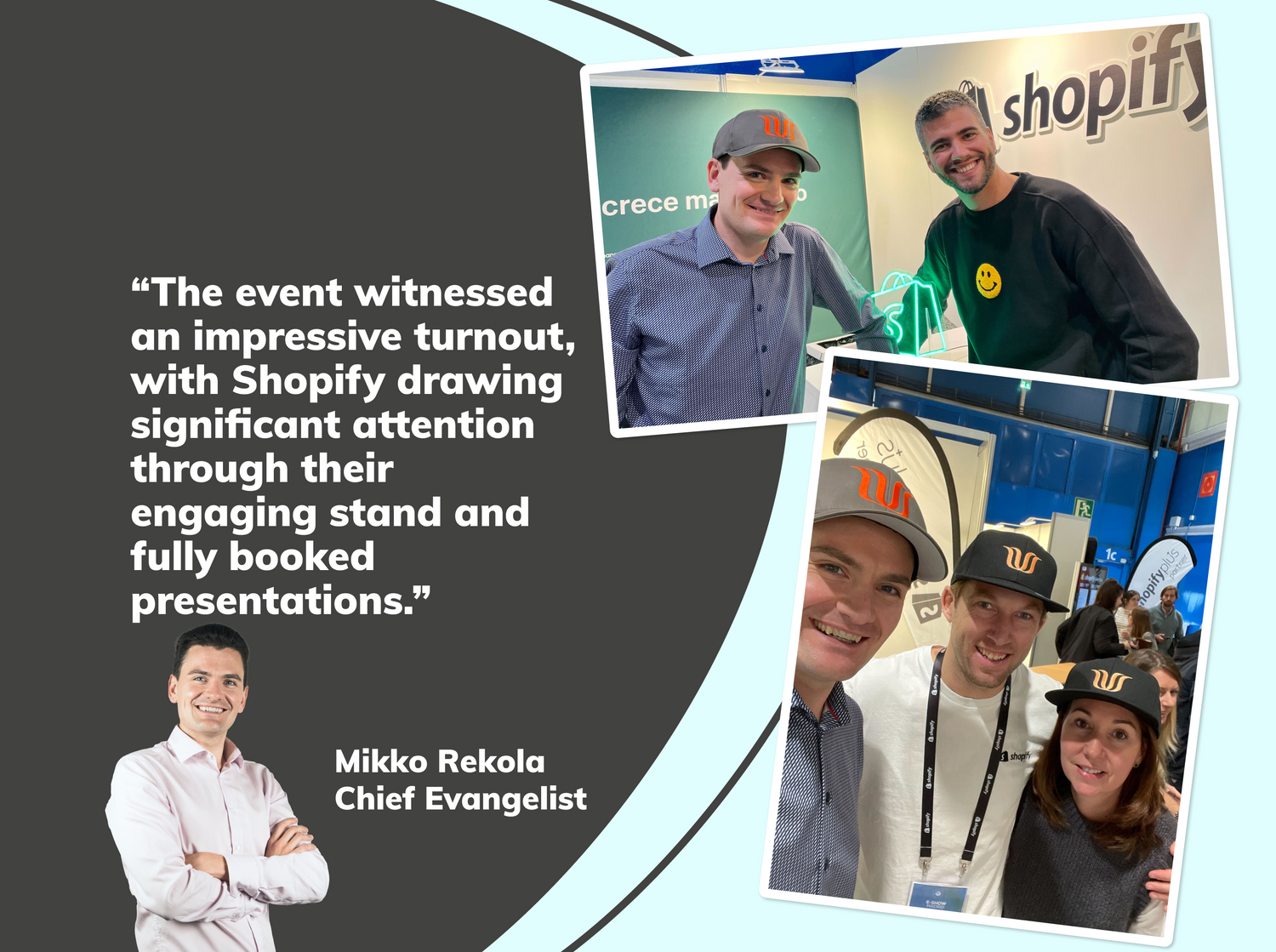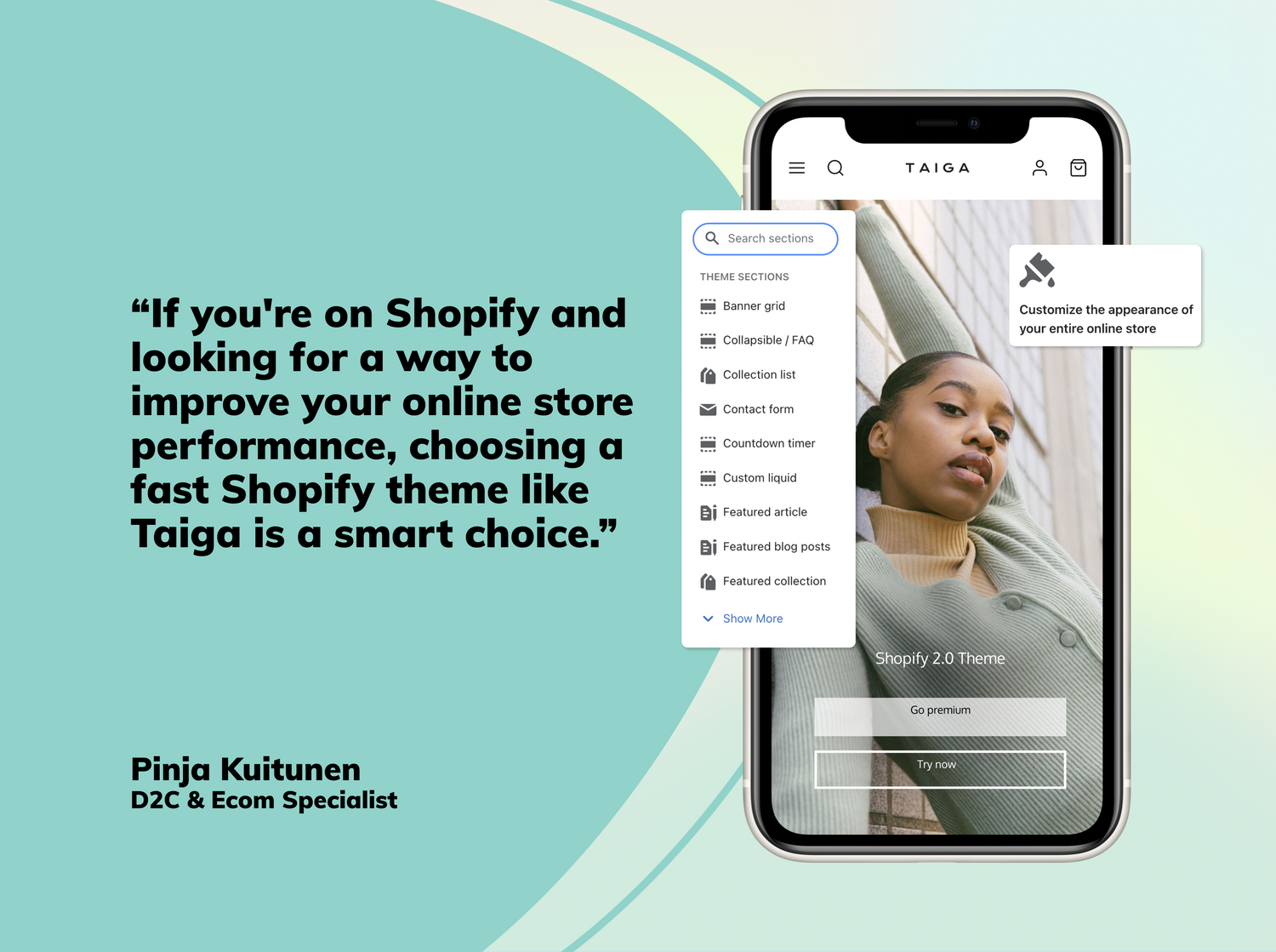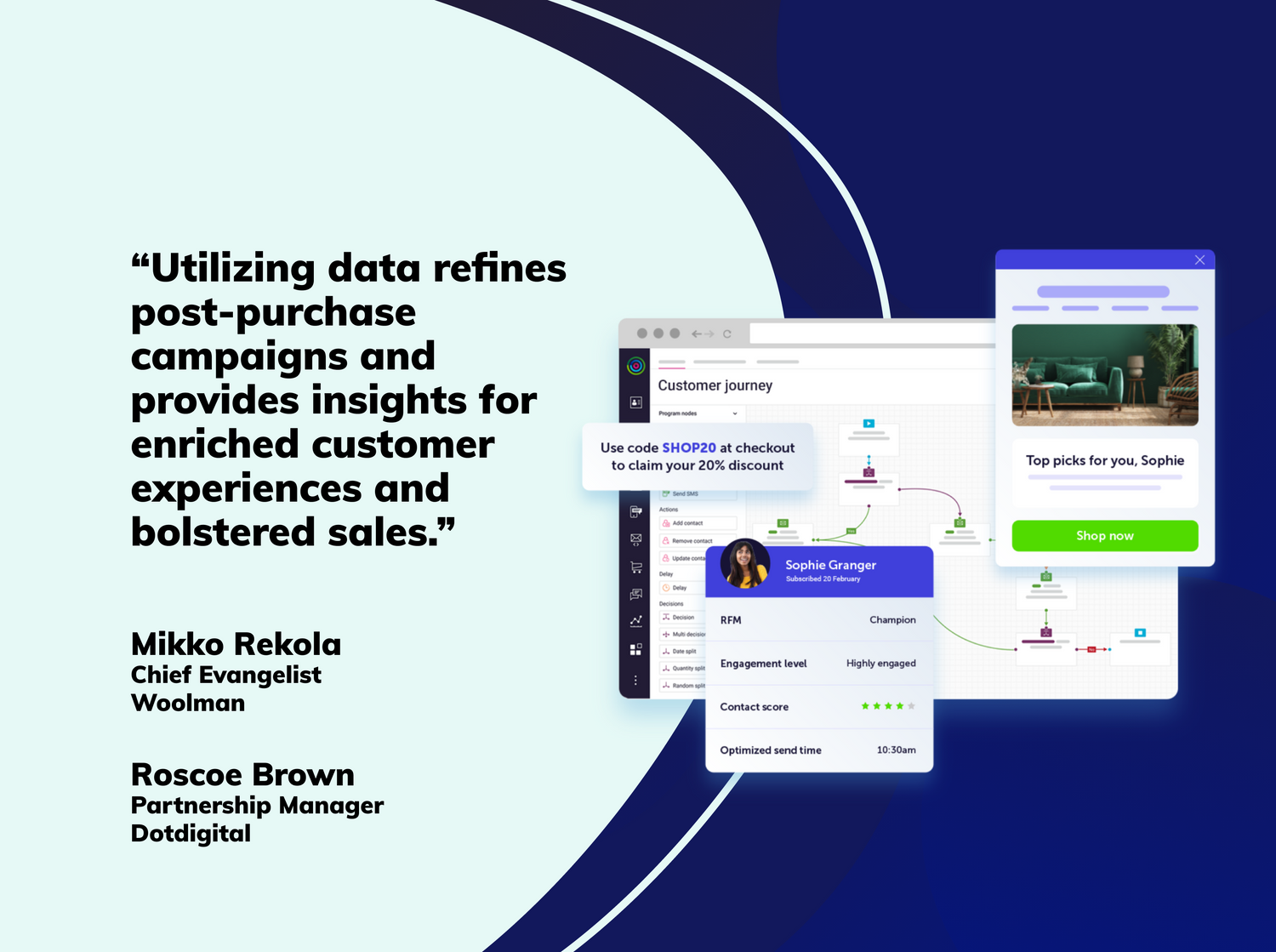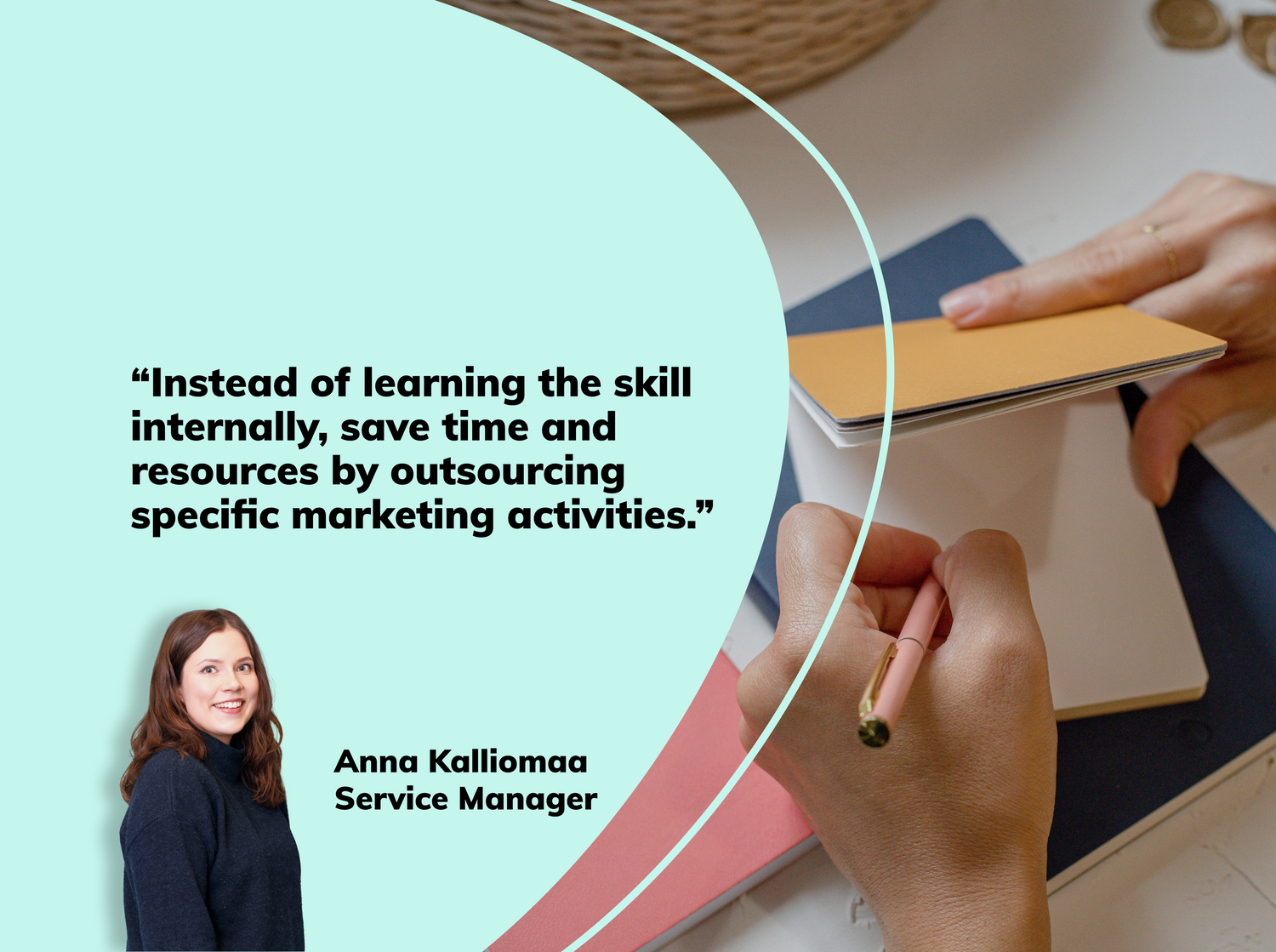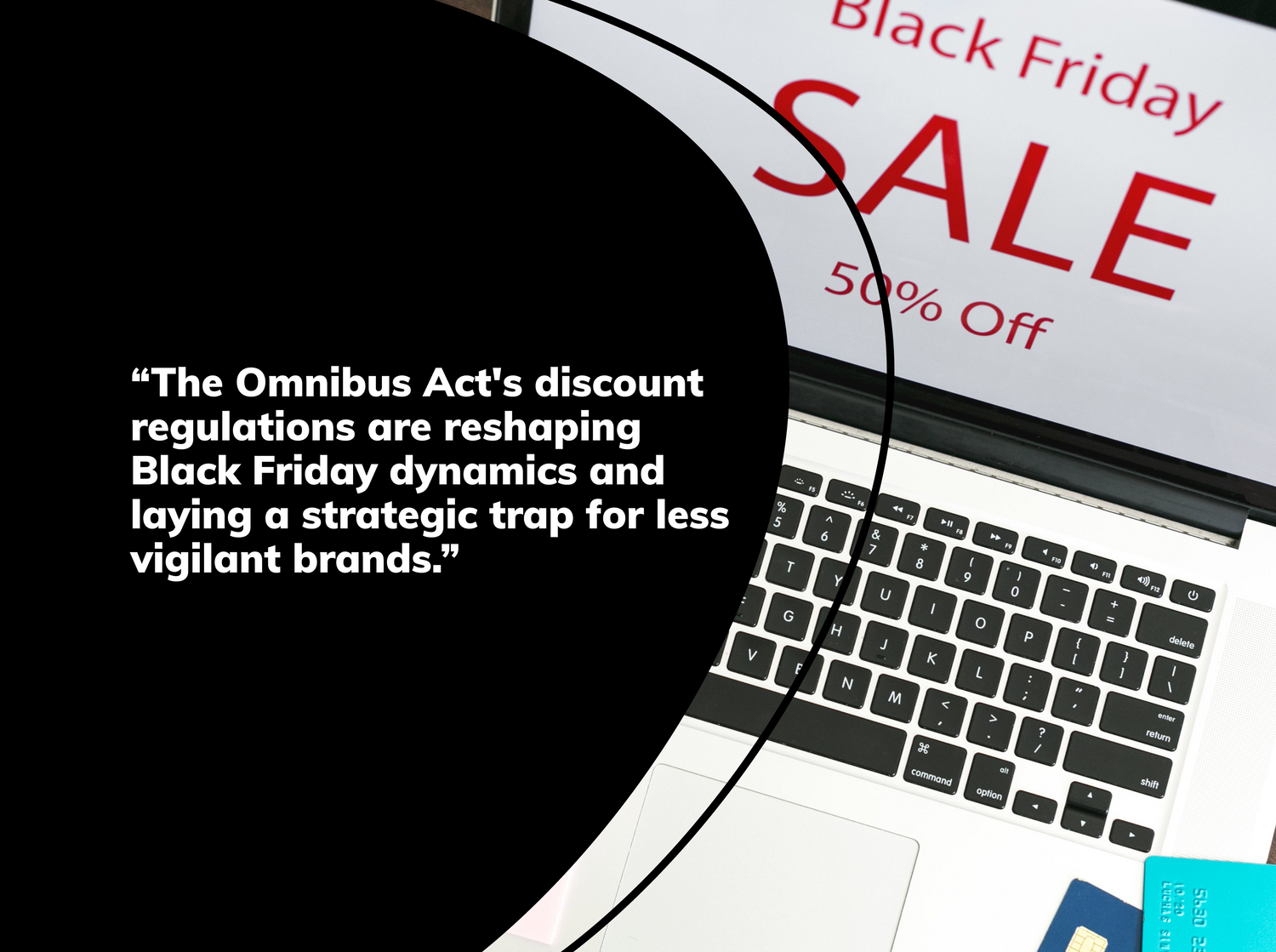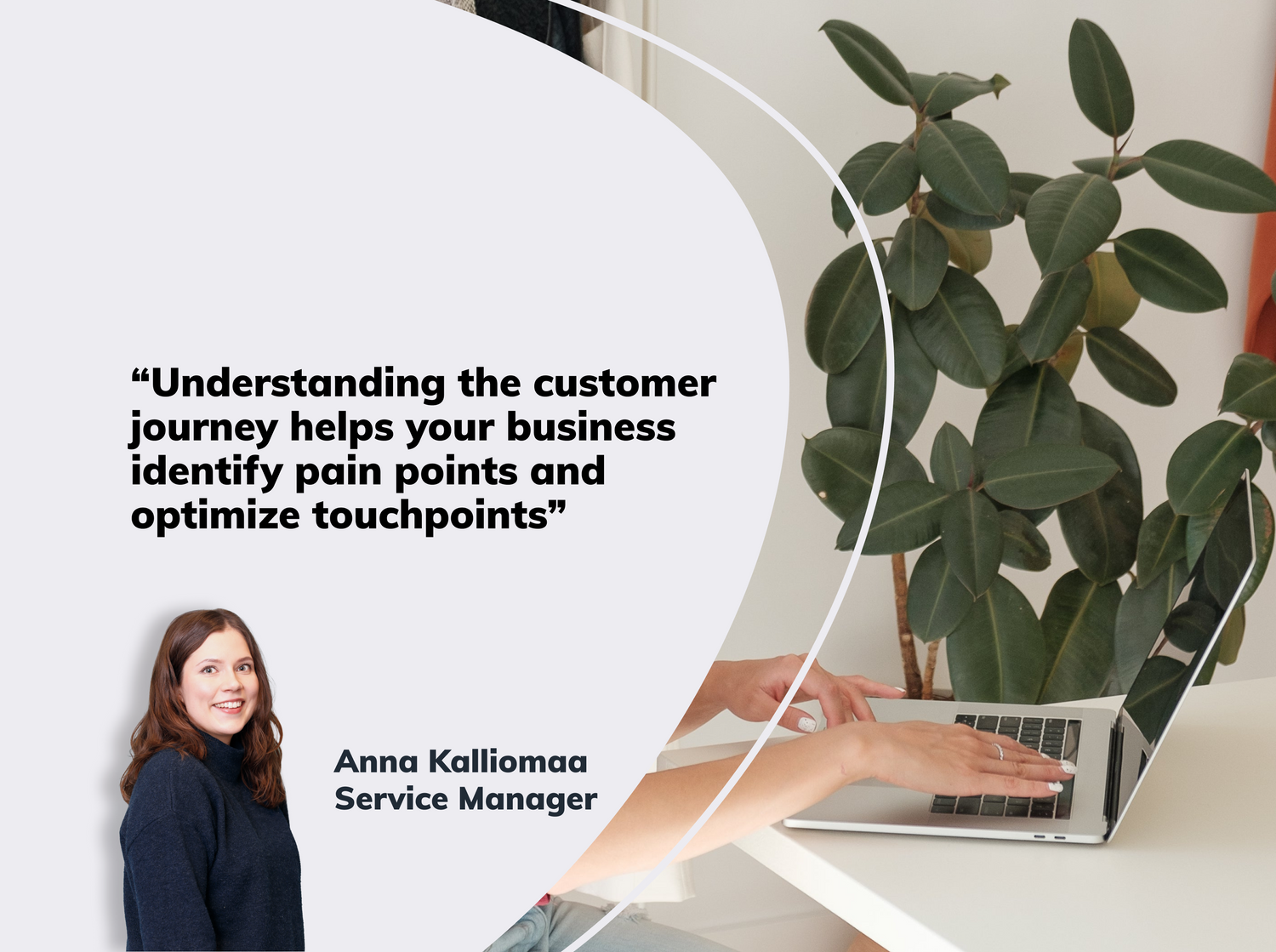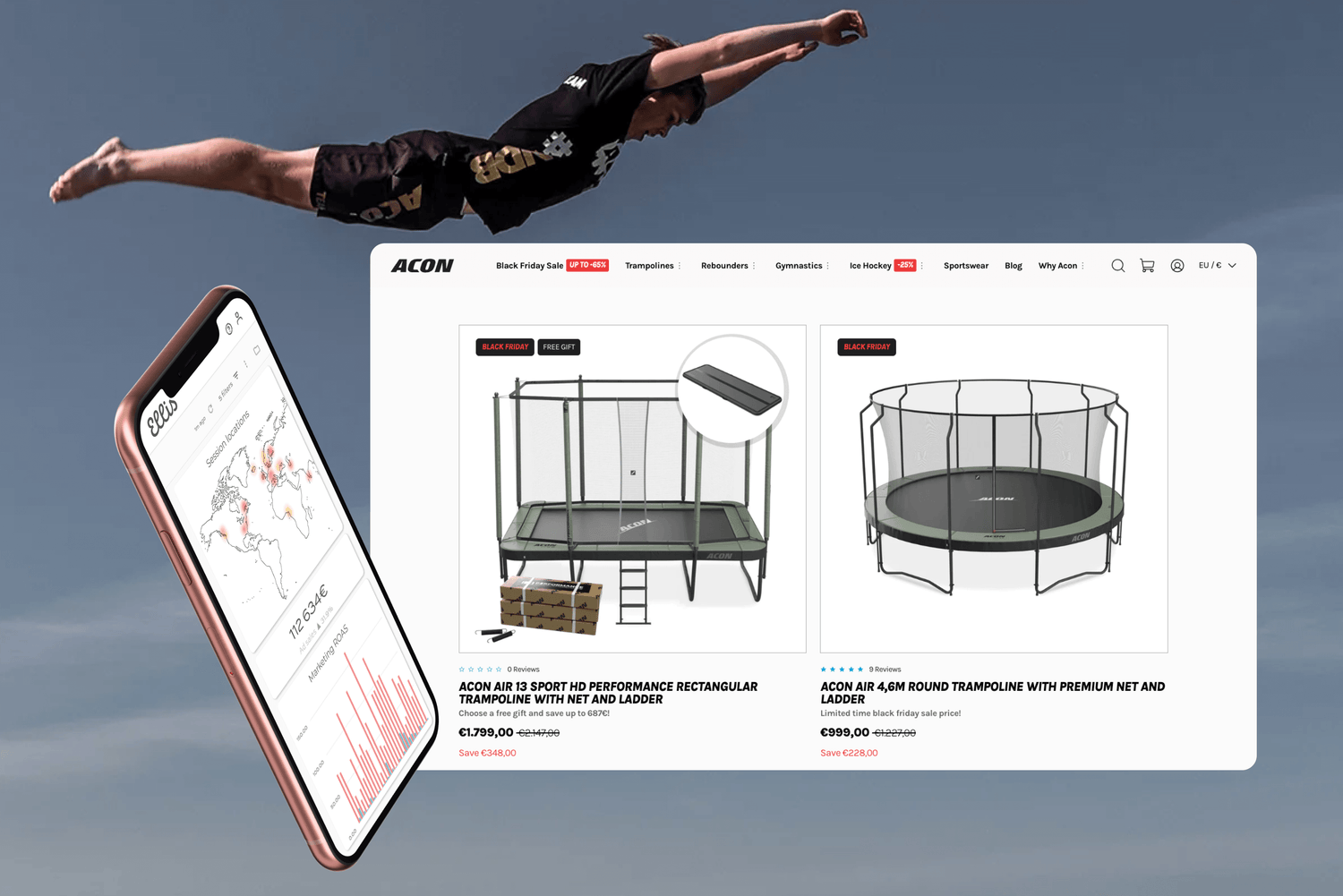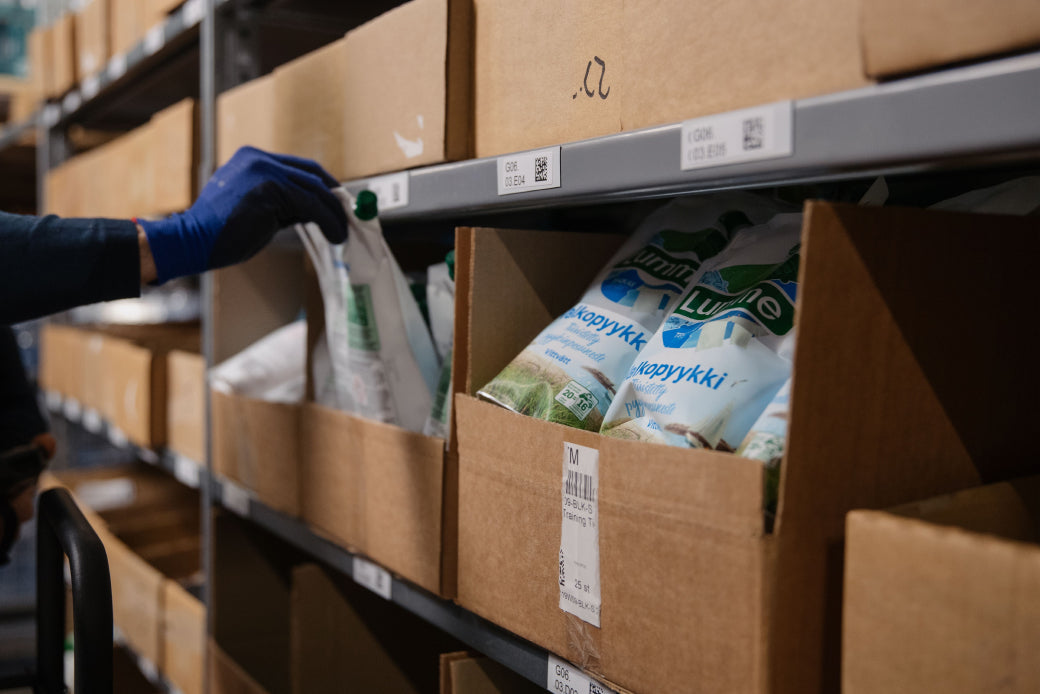
When we were in the process of founding Woolman, we made our first choices on technologies that would allow us to deliver on our value proposition. Our mission is to remove technological obstacles from our customers' way or, in other words, to lower the threshold for engaging in multi-channel commerce. What this means is fewer problems, faster entry to the marketplace, lower costs and, most importantly, the opportunity to focus on business instead of IT.
Woolman's founders have over a decade of experience both as online retailer and as suppliers of e-commerce solutions. For the last few decades, the global game has been controlled first by closed, licensed technologies such as SAP Hybris and IBM and then by open-source technologies such as Magento and Woocommerce. There are also local operators using various business models and technological solutions in almost every country. However, our inspiration was captured by the new mainstream: SaaS-based e-commerce platforms.
What does SaaS mean?
When you are talking with customers, the terms "cloud services" and "SaaS" garner a wide variety of reactions. To muddy the waters even further, many operators use their own versions of the terms.
The best way to describe a SaaS e-commerce platform might be to compare it to the music service Spotify, which everyone is familiar with. The service automatically receives new, terrific features that the user can then easily use without ever having to worry about them. Despite the updates, your playlists and settings remain untouched. I have compared regular platforms to the old operating system on your PC, where updates are annoying and interrupt your work. You never know if a program will continue to work after an update and you do not really know everything an update actually does. And you have to pay for the whole update business out of your own pocket by spending valuable time on it or by paying someone to take care of it for you. Despite all this effort, you have to be constantly afraid of someone hacking into your computer.
With a SaaS solution, the customer can focus on the business side of things and on expanding the solution as required with customisations, integrations and additional modules. Here is a terrific article on the benefits of SaaS from Salesforce, a SaaS pioneer.
A SaaS solution is not only quick to implement, but it can also be discarded quickly. When you opt for a regular solution, you usually have to put up an initial investment of 50 000–500 000 euros, which can be very difficult to let go of after a year's time, say. A SaaS solution makes this much easier as well: if the solution does not produce the desired value, it can be dropped and you will not fall from too great a height.
Why does Woolman not create online stores with all SaaS-based e-commerce platforms?
We did not choose Shopify because we believe it is the best and only solution that suits everyone. That is not the case with any platform or technology, ever. But through our experience we know that delivering any technology to a customer so that the customer can instantly begin to take full advantage of it, and keep doing it long into the future, requires in-depth knowledge of the platform. The old saying "the devil is in the details" applies here, too. Expertise requires up-front investments and you can only become a true expert by doing. This makes it difficult to be a true expert in more than one option.
Our principle is that we know what we do and what we promise. And if something we do fails to work, we clean up after ourselves. This also means that we do not sell or promise a solution if it does not fit the customer's needs. If we find that this is the case, we direct the customer towards another solution and supplier. This separates us from those believers in technology who try their hardest to find a need for the customer to justify their chosen technology. A successful customer relationship is only possible when the expected values meet in the sales stage, the implementation stage and on the long term. We are in the trust business.
Why did we choose Shopify?
In order to be able to invest in expertise and create visions, you must try things out, listen to your customers and understand trends and the marketplace. This is exactly what we did prior to deciding to invest in Shopify services and expertise.
- We did, we saw and we learned from our first customer implementations. Here we benefited greatly from our ten years of experience with the implementation of legacy platforms. We noticed that the IT industry has also been able to develop as no such solutions were available previously.
- We listened to our customers. The most common denominator was difficulties with technology. Too slow, too expensive, no time left for business, too many problems, things not getting done, unpredictable costs, slipping schedules, etc.
- We reviewed trends and figures. Shopify has become the most popular platform on the globe and it is leading the way. First in Canada and the US, then in the UK. Now it is only a matter of time, and up to us and Shopify, when the platform becomes the most popular one in the Nordic countries. Shopify Plus has already rocketed to the position of second most popular enterprise platform in just two years.
- Shopify offers different options for customisation and expansion. The most important of these are the versatile RESTful APIs, JavaScript SDK, Liquid template engine and webhooks. With the latest release, you can even create an entirely unique user interface for your store with the exception of the checkout process. The main reason the checkout process remains closed is data security. I believe that that part too will become open to customisation once the data security issues are solved. Here is an informative comparative article from a developer's perspective. The most popular technologies used by developers are Node.js, Angular.js and Ruby on Rails. One of the most important benefits of Shopify is that it allows developers to use the latest and best technologies, which also brings significant benefits for the customers in the form of better and more readily available expertise, for example.
- Shopify's mission and principles are ones we can stand behind. Shopify always wants to produce more value for its vendors and partners than for themselves. Shopify develops crucial features that boost its vendors' businesses that the vendors can implement independently without any technical support. Shopify also builds tools and support for its partners so that they can build high-quality and easily customisable complementary apps for general or customer-specific use. This approach is massively different to what I was previously accustomed to. Usually, new releases with any technology "enable" new features, but what they often forget to tell you is that implementing and integrating the new release requires several weeks of work by the supplier. Take a look at the latest releases and what they mean for the customers.
- Shopify supports our mission and the value proposition we make to our customers. Our mission is to remove technological obstacles and lower the threshold for commerce. Achieving this can be difficult, if not impossible, if the technologies and partners involved do not share the same mission. This common goal allows us to offer our services at fixed rates and with predictable schedules.
- We can help Shopify and our customers first in the Nordic countries and then elsewhere in Europe by bringing local support and localisation to the Shopify solution.
- Shopify boasts the most functional ecosystem of the SaaS platforms. Most partners, most apps in the Shopify marketplace, a lot of interfaces, great partner and vendor support, continuous development, most available platform, etc.
- Shopify annually invests millions of dollars (74 million in 2016) in product development and the customer experience. It leads the way in e-commerce by listening to its customers. For example, this recent survey is a good indication of how Shopify's approach is working. You should also look into what kind of specialists Shopify is constantly recruiting. The most significant aspect is a focus on data security. You should ask your supplier to adopt the same focus, as attacks are becoming more and more frequent, and what would be a more interesting target than processes where money is involved.
- Shopify is not intended solely for SMEs but it is already the second most popular platform for large enterprises in the form of Shopify Plus. It enables easy cross-over from the Magento platform, for example.
Shopify is not the only SaaS platform and there are other global options such as BigCommerce and Volusion, and each country also has local operators like Finland's Vilkas and MyCashflow. There is room for these domestic operators and they have their own customer segments. These options are often slightly more affordable than Shopify and in some parts they are more localised.
Choosing us is based on our desire to help our customers grow and become more international. With the help of Shopify, the technologies that complement it and our great partners we can bring global benefits to all companies and vendors in a localised way.
What does the future hold?
SaaS and other cloud solutions (e.g., customised, microservice-based PaaS [Platform as a Service] solutions) will become mainstream across all sectors. The financial benefits for the customers are so great that this change is only a matter of time. While SaaS and cloud technologies are not new as such – after all, they have been invested in for a decade now – they are still at the beginning of their life cycle in terms of utility. It is our job to monitor new developments and changes in technology and find the next revolution for our customers.
We are by our customer's side and support them in making the right calls and finding the right path whether the matter concerns strategy, personnel, operations or technologies. Technology cannot be the only solution to business problems, but bad choices can sink the whole ship. We do not recommend our solutions or services unless we think that they can benefit the customer. After all, we can only succeed if our customers succeed on the long term.


